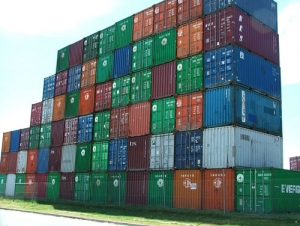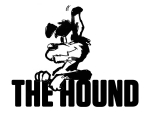Meat exporters are being urged to maintain a diversified portfolio of overseas trading partners.
Beef + Lamb NZ chairman James Parsons says while the Chinese market offers great opportunities for NZ exports it should be treated with caution and our traditional markets must keep being nurtured.
Speaking to Rural News last week at the red meat sector conference in Nelson, Parsons noted that demand for NZ sheepmeat in China had dropped off. “There is a still a big China theme but I think we should treat it with more caution,” he says.
He says NZ exporters should not put all their eggs in one basket, and should look at increasing the value of exports to China. “It’s important we have a diversified portfolio; long-standing relationships need to be maintained and at the same time we can’t ignore opportunities in China.”
China is by far NZ’s biggest market for sheepmeat, taking about 30% of lamb and 70% of mutton exports. However, its export receipts are behind the UK.
In 2008-09 China was the sixth-largest market for NZ sheepmeat in revenue; in the last two years it has leapfrogged into second place.
Parsons says it’s important to boost exports receipts from China. “We should have a balanced portfolio. While sending higher volumes into China we must look at moving into higher price brackets rather than lower priced commodities.”
MIA chairman Bill Falconer told attendees of a new reality meat processors must address – a radical shift in NZ meat exports away from Europe and North America and into China and Asia.
“China will need as much attention from our industry as we have given our traditional markets in the past,” he says. “China is half our sales and needs half our marketing attention.”
Falconer says dealing with the radical shift in demand from consumers in Asia is also a key. NZ’s grass-fed products, food safety and animal welfare credentials help sales.
He says exporters must ensure their supply chains are bolted to the online promotion, selling and distribution systems in Asian markets.



















